Juno: Inside the Spacecraft

It Rotates!
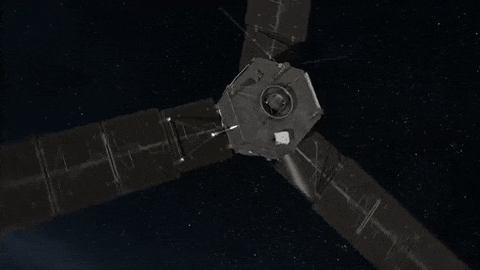
It Uses the Power of the Sun
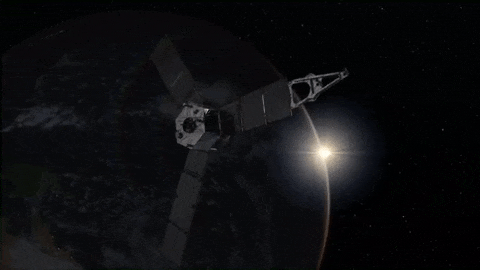

It Has a Protective Radiation Vault
Juno will avoid Jupiter’s highest radiation regions by approaching over the north, dropping to an altitude below the planet’s radiation belts, and then exiting over the south. To protect sensitive spacecraft electronics, Juno will carry the first radiation shielded electronics vault, a critical feature for enabling sustained exploration in such a heavy radiation environment.
Juno Science Payload:
Gravity Science and Magnetometers – Will study Jupiter’s deep structure by mapping the planet’s gravity field and magnetic field.
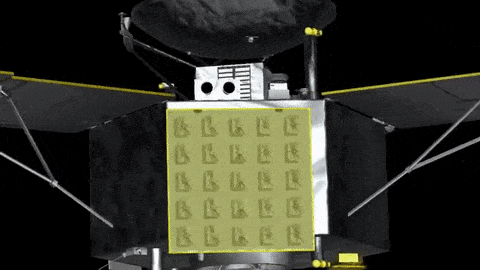
JADE and JEDI
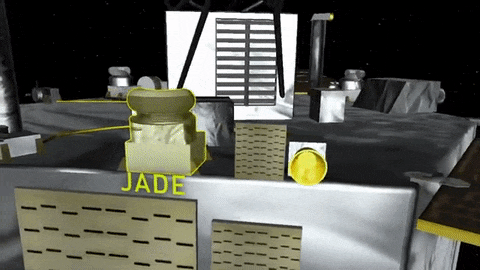

UVS
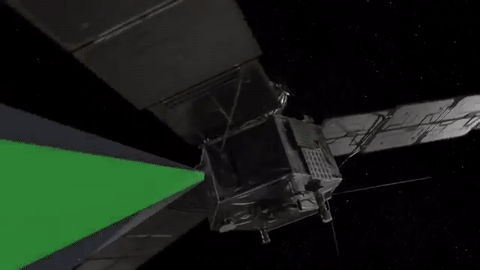
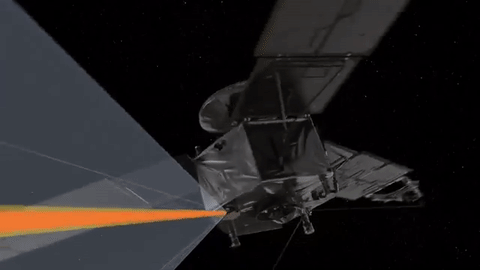
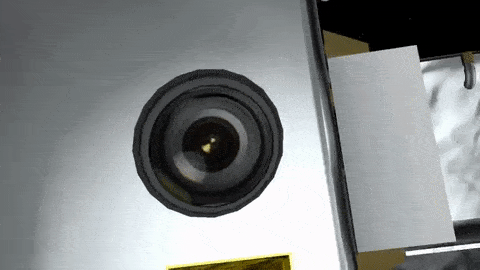
Solar System: Things to Know This Week
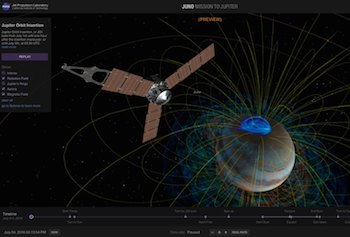
For the first time in almost a decade, we’re going back to Jupiter. Our Juno spacecraft arrives at the king of planets on the fourth of July. From a unique polar orbit, Juno will repeatedly dive between the planet and its intense belts of charged particle radiation. Juno’s primary goal is to improve our understanding of Jupiter’s formation and evolution, which will help us understand the history of our own solar system and provide new insight into how other planetary systems form.
In anticipation, here are a few things you need to know about the Juno mission and the mysterious world it will explore:
1. This is the Big One

The most massive planet in our solar system, with dozens of moons and an enormous magnetic field, Jupiter rules over a kind of miniature solar system.
2. Origin Story
Why study Jupiter in the first place? How does the planet fit into the solar system as a whole? What is it hiding? How will Juno unlock its secrets? A series of brief videos tells the stories of Jupiter and Juno. Watch them HERE.
3. Eyes on Juno
If you really want a hands-on understanding of Juno’s flight through the Jupiter system, there’s no better tool than the “Eyes on Juno” online simulation. It uses data from the mission to let you realistically see and interact with the spacecraft and its trajectory—in 3D and across both time and space.
4. You’re on JunoCam!
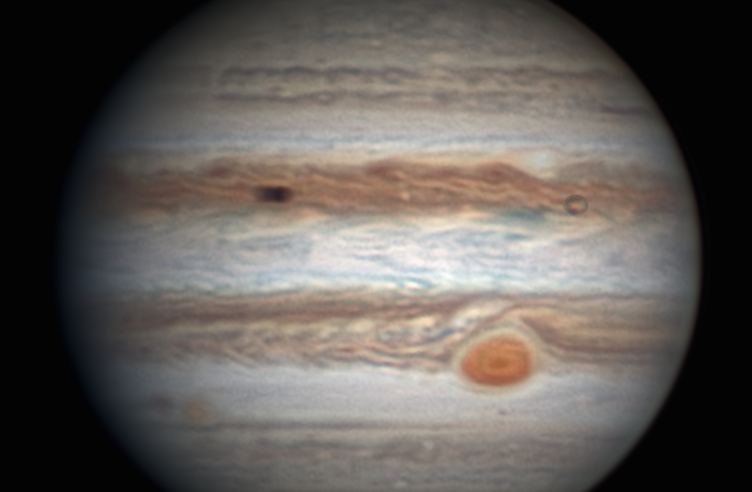
Did you know that you don’t have to work for NASA to contribute to the Juno mission? Amateur astronomers and space enthusiasts everywhere are invited to help with JunoCam, the mission’s color camera. You can upload your own images of Jupiter, comment on others’ images, and vote on which pictures JunoCam will take when it reaches the Jovian system.
5. Ride Along
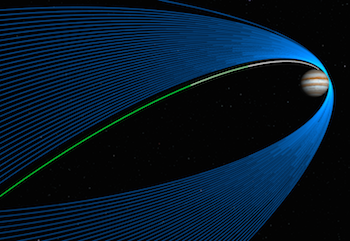
It’s easy to follow events from the Juno mission as they unfold. Here are several ways to follow along online:


No comments:
Post a Comment